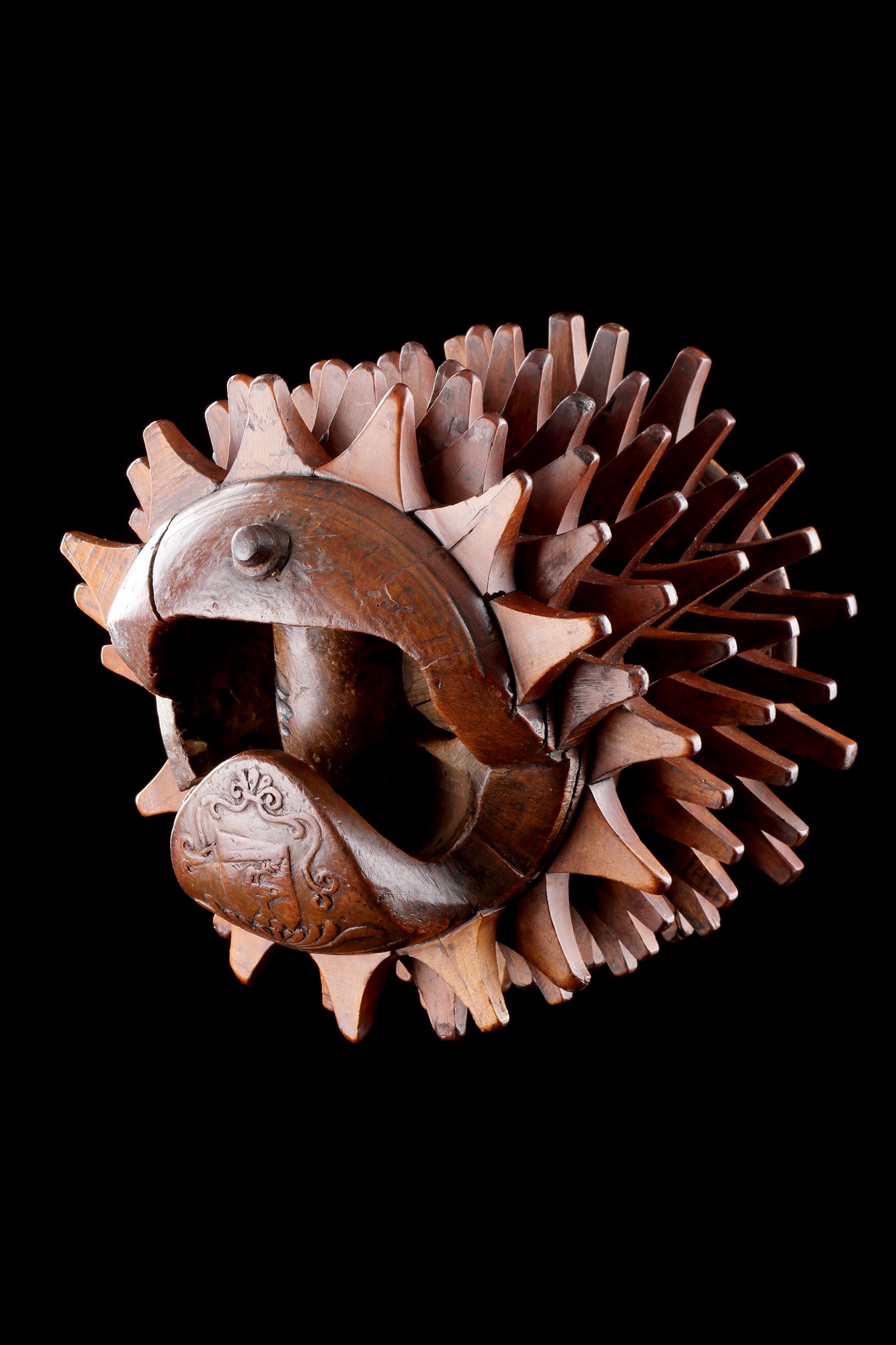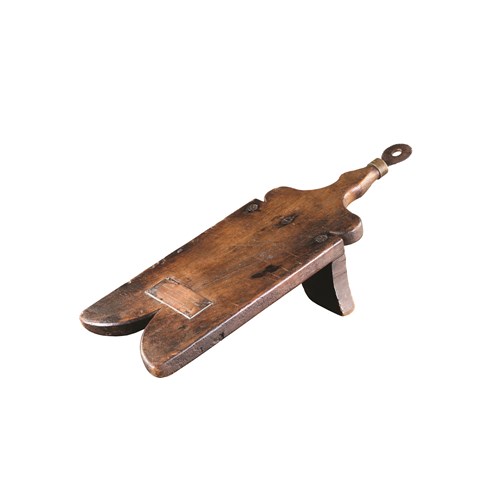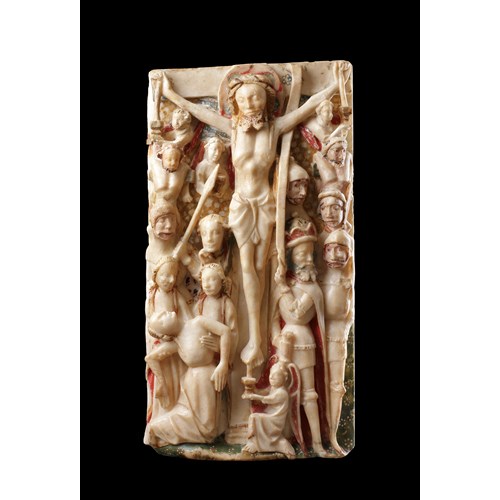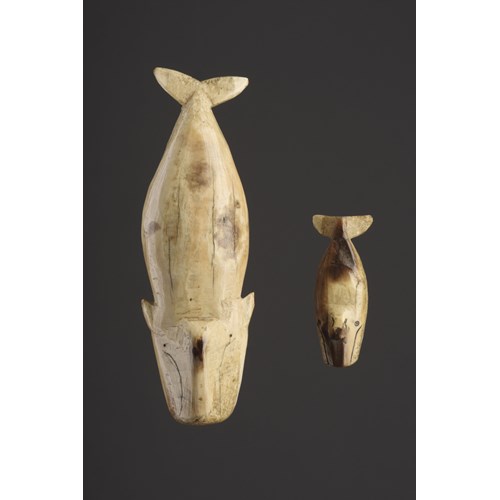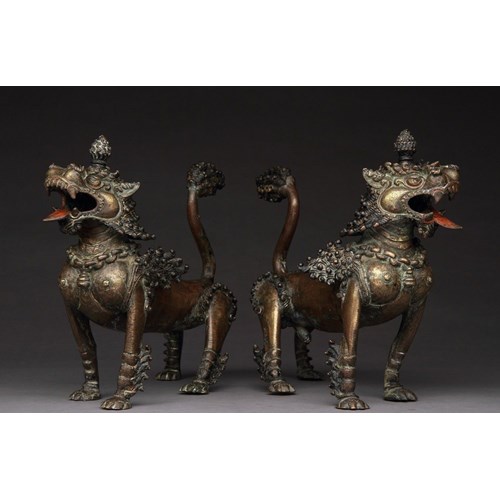A Rare Example of a Tuscan Carved Walnut ‘Bracciale’ used for ‘Pallone Col Bracciale’
Period 1600-1700, 1700-1750
Medium Wood, Wood and metal, Metal
Dimension 21 x 20 cm (8¹/₄ x 7⁷/₈ inches)
The protruding wedge shaped blunted spikes known as ‘Bischeri’
An armourial of the owner or team carved to the fist guard
Wood, Metal
Italy
Late 17th / Early 18th Century
Size: 21cm high, 20cm dia. - 8½ ins high, 8 ins dia.
Period: 1600-1700, 1700-1750
Medium: Wood, Wood and metal, Metal
Dimension: 21 x 20 cm (8¹/₄ x 7⁷/₈ inches)
Provenance: Provenance:
Ex Private Italian collection
Ex Private European collection
See:
for other examples, Finch and Co item no. 73, catalogue number 16, 2010, item no. 42, catalogue number 28, Summer 2017 and item no. 39, catalogue number 29, Winter 2017.
Also a Veneto Istrian marble sculpture depicting a player of the Renaissance game wearing a ‘Spiked’ wooden ‘Bracciale’, item no. 38, catalogue number 29, Winter 2017
Literature: From the mid 16th century, when the first official regulations were invented by Antonio Scaino from Salÿ, ‘Pallone con bracciale’ was a particularly popular street sport played with heavy spiked hollow walnut cylinders that were worn over the right or left forearm. These would be used to strike inflated balls back and forth on courts often marked out on town squares or streets. A designated server called a ‘mandarino’ first puts the ball into play, but each receiving player can reject any of the serves. As in the game of tennis, scoring is by fifteens and tens with the team that wins 12 games the winner of the match. Weighing up to two kilos, the ‘bracciale’ could cause serious injuries amongst players. It is said that the 16th century Renaissance artist Veronese was exiled from Verona for a time for putting out the eye of another player with an ill-judged swing.
More artworks from the Gallery


